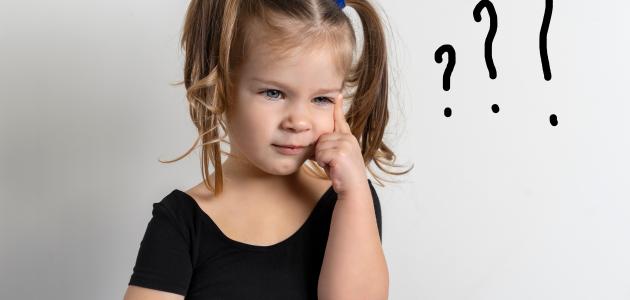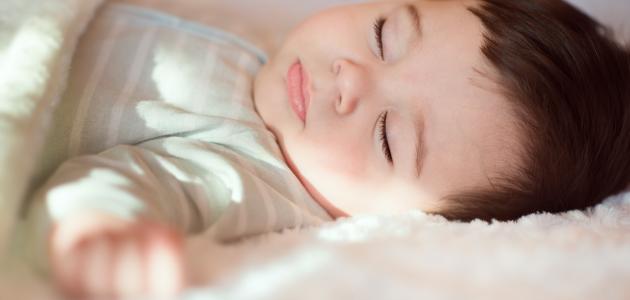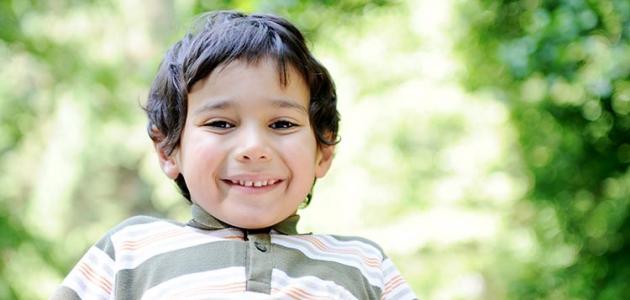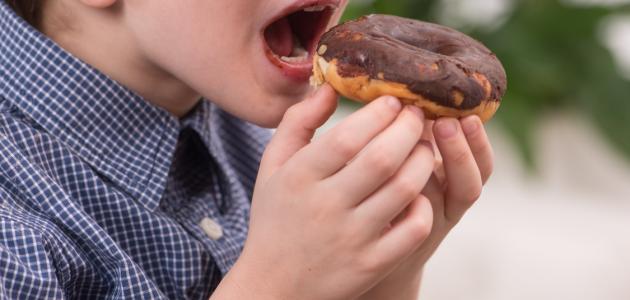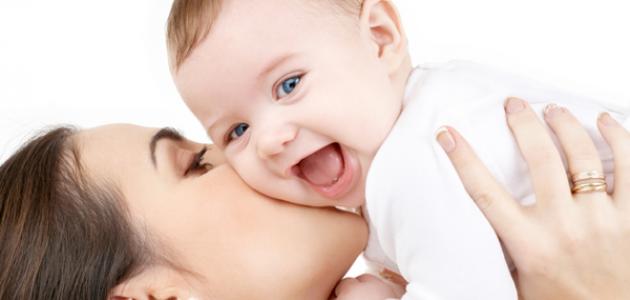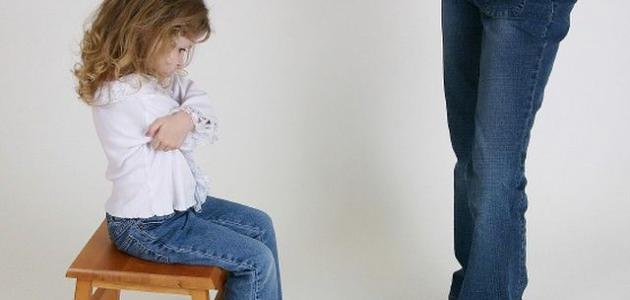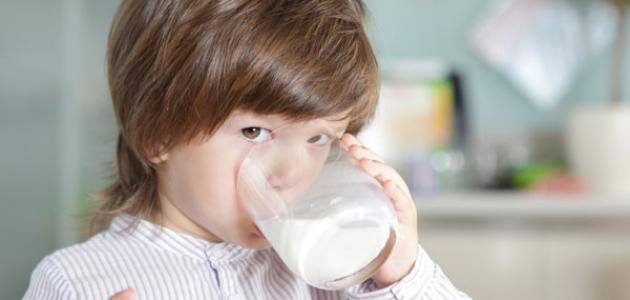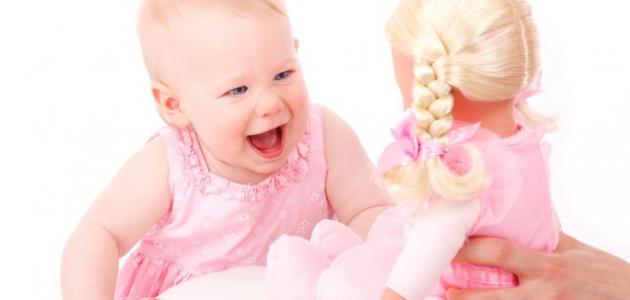Contents
Concept of behavior
Describes the linguistic meaning of the term behavior , the living habits and their attributes and their attitudes and responses, and centered concept , in particular on human ethics and Tabaiah and Msaleckh which are used by the various attitudes, behavior is the human biography and his morals and his doctrine, [1] The meaning of idiomatic behavior , it carries a variety of signs of living organisms in response in general and human Especially for the different influences, and the actions and activities that are produced by him that are measurable and directly and indirectly observed , whether that activity is dynamic, verbal, emotional, physiological or cognitive, and the behavior may be innate, inherited or learned learned. [2]
Children's behaviors
The child depends in his behavioral build on receiving stimuli from the surrounding environment. Through his observation of the habits of those around him, their behaviors and their actions, which are reflected on him to form behavioral patterns that are saturated in his habits and included in his personality and composition, and the acquisition of such behaviors may begin with imitation saturated from television programs , or the behaviors of friends or schoolmates, and other areas of the child's contact, These behaviors vary between the desired and the blameworthy, so parents give rating evaluations towards these behaviors to determine what is right and wrong, so the parents are obliged to learn the good and leave the ugly with different methods and mechanisms that may sometimes benefit or complicate the matter. [3]
Evaluate children's wrong behaviors
It may appear when the children of adjectives, foul and wrong behaviors or unpleasant, as a result of integration of different communities and practice new activities with their development age, when Train the child to walk and inured, the child begins by comparing himself quickly others and their energy and movement of the child shows cases of annoyance, anger and yelling because of his desire to Doing more elaborate actions, which causes him a feeling of frustration and weakness , which generates violent behaviors such as shouting, anger , and annoyance, [4]
With the development of the developmental stages of a child and being more attitudes and experiences of his personality begins to normalize the viewer gained self - including of good and wrong behaviors, and at the same stage parents exercise their role in the upbringing of the child personally and behaviorally in line with family attitudes, and habits of society , and what he sees parents true and desirable, and highlights In this case, the basics of proper evaluation and the desired and effective modification of the child's personality and his behavioral, ethical and personal formation is desirable for the educator to possess rehabilitative skills that help him complete his work and the professionalism of proper parenting and good evaluation. [5]
Criteria for judging wrong behavior
There are criteria by which a behavior can be judged in terms of whether it is normal or abnormal, and among these criteria: [6]
- Cognitive activity criterion: the impairment appears in cognitive behavior ; Through deficiencies or disabilities in mental capabilities; Such as thinking, remembering, perception, attention and communication.
- Social behavior standard: The children's socially wrong behaviors emerge when they contradict the known customs, traditions and trends prevailing in society.
- Self-control: Abnormal behavior can be measured in its repetition and persistence, and the absence of the ability to control and control it.
- The natural standard: This criterion measures the balance of behaviors with normal and normal influences, and any deviant or unnatural behavior is considered abnormal behavior.
- Emotional reactions: where the behaviors, behaviors and exaggerated and irrational reactions when suffering, anger and distress occur are considered a kind of wrong behaviors.
- Developmental criteria: The age stages of the human being are characterized by general characteristics and special developmental and behavioral manifestations that are appropriate for each stage of his life. Exporting one of the behaviors of the previous stages to more advanced age stages is a clear indication of the abnormalities and negativity of behavior .
Correcting children's wrong behaviors
The modification of wrong behaviors in children is a very sensitive matter, as the positive interaction with these behaviors by parents and educators makes the child's behavior positive and good. Behavior modification is dependent on changing the wrong habits and attitudes on which the child's personality and initial behaviors are based, and changing them by forming new patterns of behaviors The accepted positivity that is rooted in the personality of the child and strengthens his building and makes him a normal person and adapted to his society and himself. [7] Wrong and negative behaviors of a child can be treated using various methods, including: [7]
- Punishment: The concept of punishment as one of the methods of behavior modification differs from the common concept among the general public, as punishment for the general population is related to psychological and physical harm, reprimand and criticism, and what is scientifically intended is that which aims to reduce unwanted behavior through two methods; The first is to expose the child to repulsive stimuli when the abnormal or wrong behavior appears, and the second to deny him the reinforcement he desires whenever the abnormal or wrong behavior appears, which ultimately leads to suppressing his desire to repeat the behavior.
- Extinguishing: Extinguishing is one of the methods of behavior modification, and it means neglecting and ignoring the behavior so that the child's attention is not drawn to its importance, so the behavior weakens and diminishes until it disappears.
- General Behavior Reinforcement: Also called reinforcement of absence of behavior , this method includes reinforcing the child when performing any behavior except for the behavior to be reduced, which leads over time to extinguish the wrong behavior.
- Reinforcement of opposite behavior: This method is called counterconditioning, and it includes reinforcing the child when he performs the opposite or opposite behavior to the unwanted behavior or the behavior to be reduced, such as the child reinforcing when petting his younger brother, as the abnormal behavior that he used to hit his younger brother
- Exclusion: It is a form of punishment that includes the withdrawal of positive reinforcers and stimuli that favor the child for a specified period of time, immediately after practicing the wrong behavior.
- Negative practice: It includes forcing the child to continue doing the wrong behavior whenever he did it for an additional period of time, which is reflected in the child's feeling of hatred for the behavior and considered it a disturbing matter.
References
- ↑ "Meaning of behavior" , a dictionary of meanings .
- ↑ “Behavior , ” AL Moqatel , reviewed on 5/9/2017.
- ↑ Asima Saleh (3/9-2014), “Dealing with wrong behaviors among children , ” Enab Baladi , Issue 107, page 10.
- ↑ “Child behaviors - how to improve and improve them” , Al- Yaqhah magazine , accessed 5/18/2017.
- ↑ Heba Allah Saad (6-3-2016), “8 Rules for Modifying Children's Behavior , ” Super Mama , accessed 5/18-2017.
- ↑ Mahdi Abu Aal (5-25-2011), “Normal and Unequal Behavior” , Babel University - College of Basic Education , reviewed on 05/19-2017
- ^ A b Jamal al - Khatib (2008), modification of human behavior (first edition), Amman , Jordan: Dar thought, page 188.

